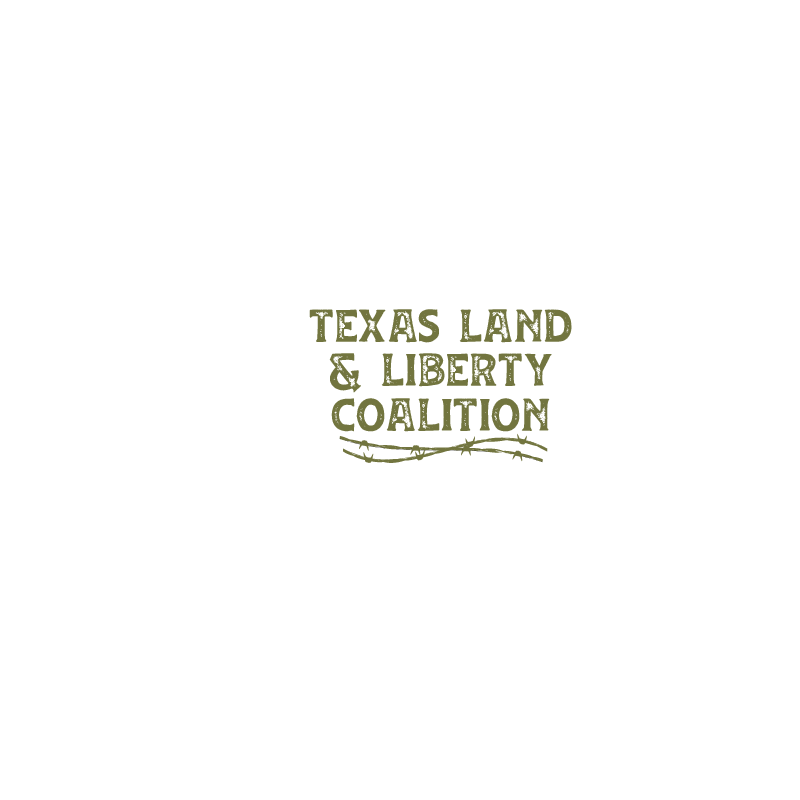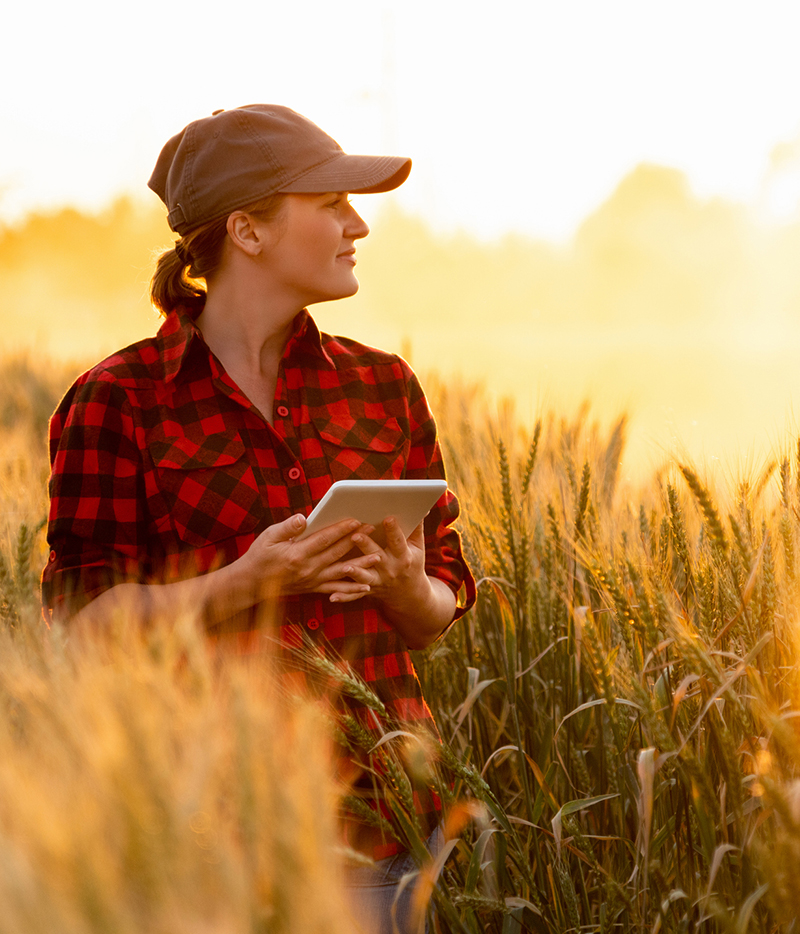Interim Hearing on Economic Incentive Programs (Chapter 313) September 8, 2022 / 11:00 am
By Samuel Davis, Field Director of the Texas Land & Liberty Coalition
Mr. Chairman and Members of the Committee, Good afternoon. My name is Samuel Davis and I’m the Field Director for the Texas Land and Liberty Coalition. We are an alliance of local landowners, farmers & ranchers, community leaders and economic development supporters working to advance renewable energy, increase rural economic development opportunities, and protect private property rights.
As I understand it, your charge is to evaluate whether economic incentives for utility-scale renewable energy projects, utilized wisely and purposefully, make good public policy for Texas. I’m here to tell you they do. And I can tell you that first-hand.
I’m a 7th generation Texan and I am a part of my family’s legacy ranch in West Texas. It’s called Pecan Spring Ranch and it was founded by my great-great-great grandparents in 1880 who emigrated from Germany in search of a better life. Over time, Pecan Spring Ranch has developed a strong reputation for quality cattle, sheep, and goats. These products are sold directly to consumers at Farmers Markets all across Texas. Our family is very proud of the designation of Pecan Spring Ranch as a “Texas Century Ranch” having been owned and operated by the same family for over 100 years.
In 2017, my family partnered with a renewable energy company to provide ranch acreage for a part of the Cactus Flats Wind Project. Our ranch in Concho County is home to 7 of the 53 wind turbines that make up the wind farm, a project that generates 148 megawatts of wind power and provides power to a variety of customers including the GM vehicle assembly plant in Arlington, Texas. This project is the largest single taxpayer in the local school district.
As a result of our partnership, financial resources from that project are providing the working capital for the operations and maintenance of our ranching business. Additionally, thanks to the revenue from the wind project, my family has begun restoration work on many of the ranch’s historical structures.
Sadly, there are many rural Texans who are not as fortunate as we are. They have been forced to sell off part or all of their family’s history … just to get by. Not every Texas county is blessed with oil and gas revenues to bolster their tax base. Large utility-scale renewable energy projects enable rural Texans an opportunity to protect and preserve their way of life.
In years past, it used to be the case that small towns across rural Texas would hope and pray for the day when a Dairy Queen or a Whataburger came to town. And if their town was lucky, a Wal-Mart would choose to locate in their little slice of heaven. As rural Texas continues to wither on the economic vine, renewable energy projects are the saving grace for many rural communities. They are all we have left in the toolkit.
Over the past 100 years as Texas has modernized and its population has boomed, more people have flocked to urban areas for the job opportunities often found there. In fact, the number of Texans living in rural areas has dropped significantly. In 1910, 76% of Texans lived in rural areas. By 1970, that number dropped to 20% and has been steadily shrinking ever since.
That rural exodus has come at a cost. As people have moved away to the urban areas, the lifeblood of many smaller Texas communities has been eroded. Fewer residents mean a shrinking tax base to pay for roads, schools, law enforcement, first responders, and sometimes even the local hospital or community college.
In communities where clean energy companies have invested, tax revenues have skyrocketed leading to more money for schools, hospitals, and infrastructure. While oil and gas revenues are great, they do fluctuate wildly because they are tied to global markets, which make them harder to plan on, but municipal and county officials are able to budget more effectively long term due to clean energy’s reliable and stable revenue streams. In addition, each new wind and solar project, even at a limited value, reduces the property tax burden for other taxpayers in the area.
Struggling farmers and ranchers who own properties that have been in their family for generations have an economic lifeline from landowner leases and payments. In harnessing the power of the wind and the sun, clean energy may help save the rural Texas we know and love for countless generations.
In 2020, Dr. Joshua Rhodes at the University of Texas at Austin, himself also from a rural part of deep East Texas, published a statewide study of the economic impact of renewable energy in rural Texas. The results of that study are summarized in an Op-Ed that Dr. Rhodes published in FORBES which I’ve included along with my written testimony.
Keep in mind that these numbers are already two years old, but they are substantial, nonetheless. The study found that current wind and solar projects in Texas will generate approximately $5 billion in new tax revenues to their respective economies. If future planned projects come to fruition, these wind and solar projects will generate from $8.1 to $10 billion in new tax revenue. The study found that local governmental taxing entities were expected to receive from $9.4 to $13.1 million in lifetime taxes for a 100 MW (megawatt) solar project and between $16.8 and $20.3 million for a 100 MW wind project. Of the tax and landowner payments, 70% are paid to rural counties. Dr. Rhodes is currently working on an updated version of his research, and we expect to have that in your hands this coming fall.
As you know, many rural counties are not going to be competing for the traditional manufacturing or large commercial projects that frequently occur in urban and suburban settings, but we can be competitive for renewable energy projects and and these utility-scale projects are the only lifeline to rural Texas we have. If you remove the ability of rural communities to attract these investments, you are cutting off our lifeline.
More than a decade ago, the Texas Legislature empowered local jurisdictions across the state to make decisions about investment in their community. That empowerment has created the opportunity for Texas counties to compete with other states and recruit needed investments for economic development. Texas is #1 in the United States for renewable energy development because decision makers positioned rural communities for success. If we are to continue our successful path forward, we must provide an economic development framework that makes sense not just for our corporate relocations and hi-tech manufacturing projects, but for rural Texas as well.
Thank you for your time.
Samuel Davis, Field Director


